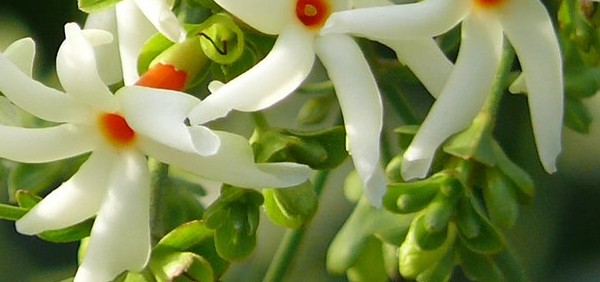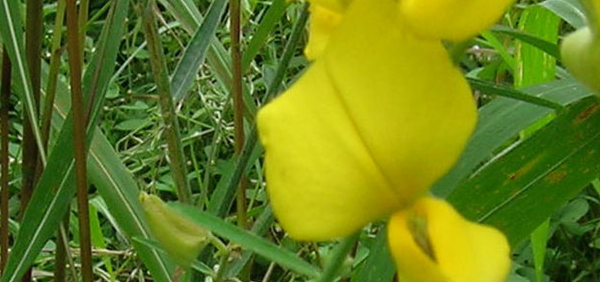panduraphali :

Phytochemistry:
Plant contains naphthoquinone lapachol. Root bark contains 6-sitosterol, n-triacontanol. Root, heart-wood contains lapachol, dehydro-a-lapachone and dehydrotectol and the Leaves contain flavone glycoside scutellarein, dinatin-7-glucuronide. Seeds of the plant contains non-drying oil, Bitter substances, sterols, glycosides and glyco alkaloids. Its Root bark contains bitter substance. Lapachol isolated which showed highly significant activity against walker 256 carcinoma. Lapachol, Scutellarein, Dehydrotectol, ceryl alcohol, oleic, Palmitic, Stearic acid.PHARMACOLOGY:
Because it is one among Dashamoola – group of 10 roots, with potent anti inflammatory activity, it is an ingredient of all medicines containing Dashamoola – likeDasamoolarishtam – used in after delivery mother care, cold, fever, cough etc.
Dhanwantaram tailam – used in rheumatoid arthritis, osteo arthritis, for external and internal use.
Dhanwantararishtam – another medicine used in post natal care of mother
The important preparations using the plant are Dasamularistam, Dhanvantaram tailam, Chyavanaprasam and Agastyarasayanam(Sivarajan & Balachandran 1994).
- » Classification and names of panduraphali
- » Synonyms and definitions of panduraphali
- » Drug Properties of panduraphali
- » Chemical Constituents of panduraphali
- » Standardization of panduraphali
- » Parts used and Dosage of panduraphali
- » Morphology and Histology of panduraphali
- » Distribution and Conservation of panduraphali
- » Cultivation of panduraphali
- » panduraphali in the market
- » Medicinal Uses of panduraphali
- » Researches and clinical trails of panduraphali
- » panduraphali in other sytems of medicine
- » Ayurvedic formulations with panduraphali
- » Images of panduraphali













